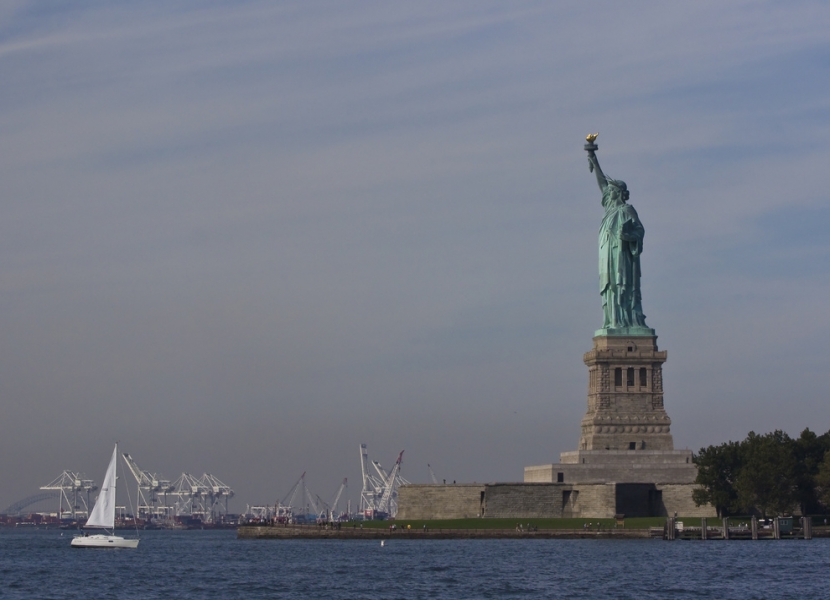UNESCO recognizes the title of World Heritage Site to specific sites on the planet that deserve special conservation due to their enormous cultural or natural importance for subsequent generations. In total, 911 emblematic places are cataloged around the world, 20 of which are located in the United States and only one in New York.
The only place declared a World Heritage Site by UNESCO is the Statue of Liberty, declared as such in 1984.
"Freedom illuminating the world", Original name of this iconic sculpture, it was a gift from the French to the Americans in 1886 and until 1902 it served as a lighthouse in the waters of southern Manhattan. It was the creation of the politician Edouard Laboulaye and through this gift he intended to symbolize the friendship between France and the United States. It was devised to commemorate the centenary of the Declaration of Independence, in 1876, but, due to setbacks in its construction, it was delivered ten years later.
The meaning of the statue is defined in its own name, and its stamp not only represents the United States, but over time it became a symbol of freedom for oppressed people and peoples throughout the planet.
The statue represents Libertas (which in Latin means freedom), the Roman goddess of freedom who has broken chains of oppression on her feet, symbolizing the end of slavery. In his right arm he carries a torch, and in his left arm a tablet on which is the date of the day of the Declaration of Independence of the United States of America, July 4, 1776. Seven points stand out on his crown, which represent each of the continents.
Today it is the perfect place to learn about and experience New York City's immigration history.
